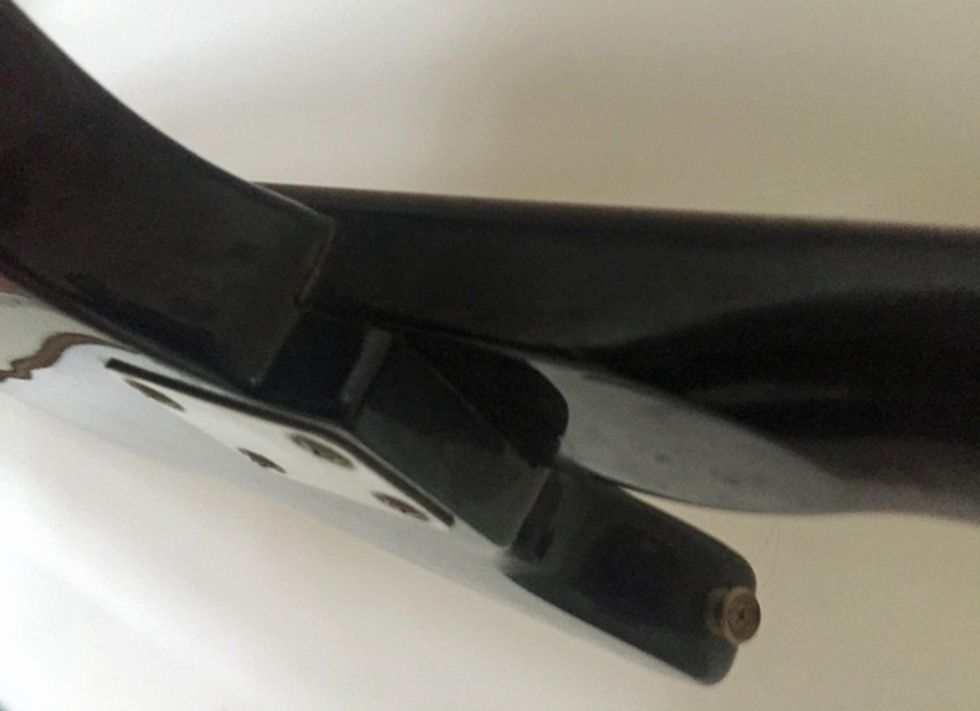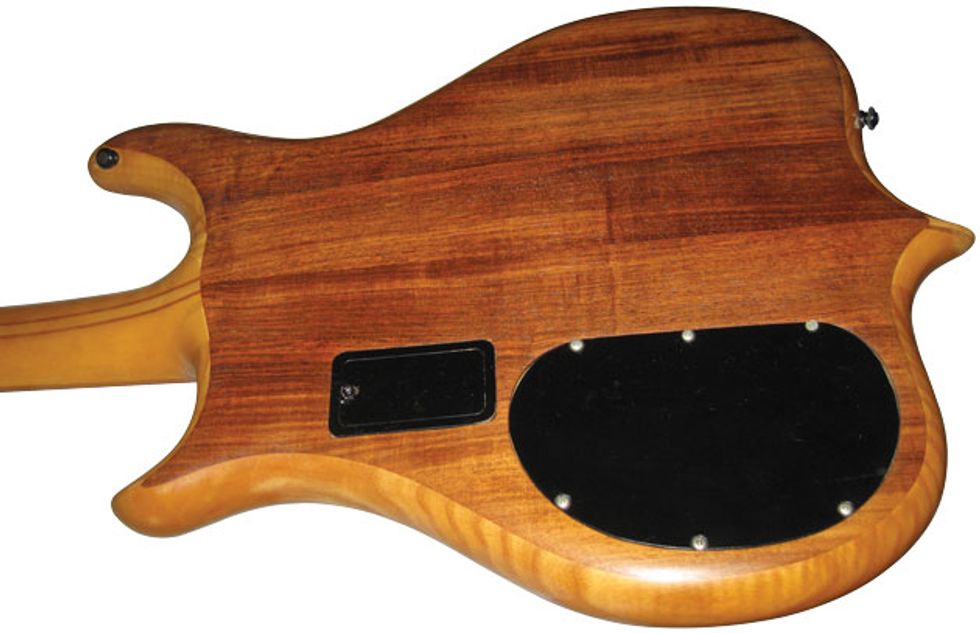In the world of classic acoustic stringed instruments, the only way to connect the body and neck has always been to glue the two together. Today we refer to this as set-neck construction. Over the centuries, luthiers used various types of glue and explored variations in the form and shape of the contact surface, yet the principle remained the same. This only changed when the first electrics became popular and Leo Fender introduced basses and guitars with bolt-on necks. This became Fender’s standard for bass, as well as the standard for many other builders (Photo 1).
Looking back, it seems surprising that it took until the ’70s for the third form—neck-through construction—to receive wider recognition. It’s even more surprising since the very first electric bass designed by Paul Trutmarc, the Audiovox Bass Fiddle Model 736, had this in 1937. Over the years other instruments—such as the Bigsby/Travis guitar from the late ’40s, various Rickenbacker models during the ’50s, and a few Gibsons—also used this approach (Photo 2).
There have been a few other attempts to experiment with other ways to attach the neck to the body, but they were more or less variations of set-neck, bolt-on, or neck-through design. One of these, which appeared in the late ’70s, could be described as a “half-through.” A longer neck reached further into the body—often as far as the bridge—while the rest of the body was classically bolt-on. S.D. Curlee basses were known for this construction.
The neck joint must influence a bass’ sonic character, right? We’re talking about a big area that’s right where the strings vibrate the most, and it’s here that the involved forces are at their highest. Well, before we get to the alleged tonal influences of each type of construction, let’s examine their physical pros and cons.
Bolt-on. Leo Fender is well known for his cost-cutting designs and easy repairability, so it’s no surprise he came up with this design. If you accidentally break off the headstock, replacing the neck can be cheaper than hiring a woodworker to try to restore the headstock’s initial rigidity. Also, if you need more down pressure at the bridge or run out of saddle adjustment range, it’s easy to simply shim the neck. Even swapping the neck for a shorter or longer scale length is an option.
Most builders use four screws (a triple-screw design has a bad reputation, but that’s another story) and some boutique builders even use up to 12. Four screws can hold a lot of tension, so I suspect using many more is principally a way to visually differentiate a bass from its competitors.
Photo 2 — Courtesy of basslab.de
Set-neck. This construction lacks most of the above advantages, but it’s the classic design and in this tradition-driven business, that alone can be an argument for using it. A set-neck build is more elaborate than a bolt-on, as the gaps between the parts need to be small. This requires precision—traditional wood glue isn’t able to bridge larger gaps. So when builders choose a set-neck connection with its reduced repairability, they’re probably expecting it to deliver at least some tonal benefits.
Neck-through. Naturally, repairability and flexibility couldn’t be any less than on a neck-through, so the expectations of the builder and customer are most likely to be the same—a perceived tonal benefit. But there’s one other thing that also makes them popular: The transition between the body and neck can be very smooth, allowing easier access to the higher frets. It’s not surprising neck-through instruments gained renewed attention at a time when more bassists stepped out of the dark corners of the stage to indulge in soloing. This was at the same time more players were asking for 24 frets.
Okay. We know that the more elaborate builds can cost more to repair. So that brings us back to sound: What are the attributed tonal effects of each particular design? Are they as influential as their location on the instrument implies? It won’t be easy, but let’s see if we can get to the bottom of this next month.









![Rig Rundown: AFI [2025]](https://www.premierguitar.com/media-library/youtube.jpg?id=62064741&width=1245&height=700&quality=70&coordinates=0%2C0%2C0%2C0)












 Shop Scott's Rig
Shop Scott's Rig















































